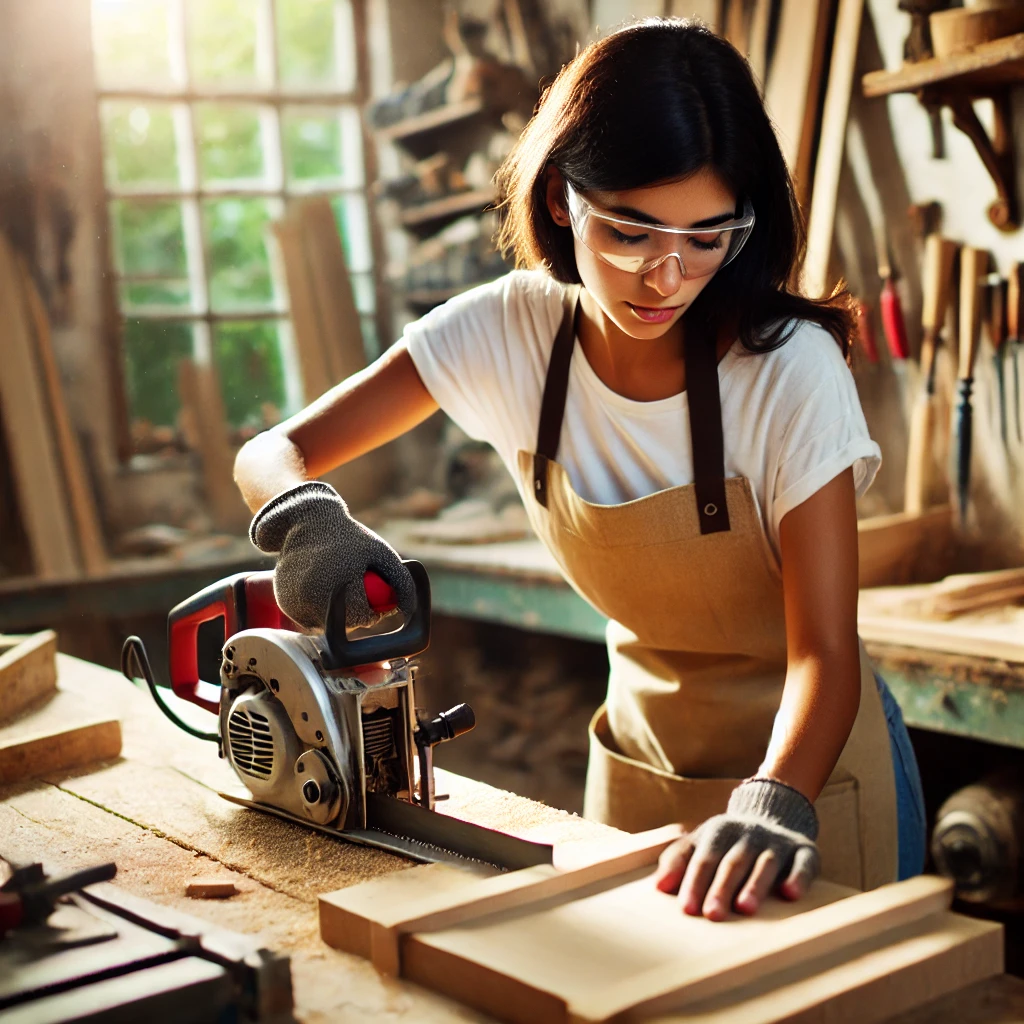Why Your Website Looks Like a Dinosaur and How to Fix It in 2025

Okay, let's not beat around the bush. If your website still feels like it's stuck in the 2010s, you might as well be displaying a "Closed for Business" sign. We're diving straight into the meatier part of web design—no fluff, just the real deal on what’s hot and not in 2025.
Why User Experience Can Make or Break Your Site
Let me lay it out for you: a stellar user experience design isn't just a fancy facade; it’s the backbone of your digital presence. If you're not crafting experiences that captivate and engage, you’re just not doing it right.
In my own ventures, focusing on seamless, intuitive UX has not only amplified user satisfaction but seriously beefed up those conversion rates.
Now, with every Tom, Dick, and Harry claiming to be a 'UX guru,' here’s my no-BS guide on what actually matters in the realm of user experience this year.
Next.js: The Darling of Web Development in 2025
Next.js has been my go-to for developing sleek, fast, and incredibly responsive websites. Why? Because it’s freakin' awesome for both developers and users. With features like static generation and server-side rendering, Next.js is like the Swiss Army knife of web dev tools.
And let’s not forget the SEO perks. Google loves fast sites, and Next.js delivers on speed like Usain Bolt on the track.
Dark Mode Isn't Just for Night Owls
Jumping on the dark mode bandwagon isn’t just about giving your eyes a break. It’s about style, accessibility, and a whole new vibe for your website. It’s like turning your site from a screaming toddler into a suave gentleman (or lady).
And here’s a kicker—users actually spend more time on sites when they’re easier on the eyes. Coincidence? I think not.
Five Ways To Implement Dark Mode Effectively:
- Ensure text readability isn’t compromised.
- Use colors that reduce glare and blend well in dark surroundings.
- Offer a toggle switch prominently—empower your users!
- Test on various devices; what looks good on desktop might look dismal on mobile.
- Remember, contrast is your friend—but don't overdo it.
Wrapping it up, dark mode isn’t just a trend; it’s a functional design choice that can reduce eye strain, save battery life, and make your website just plain cool.
Why Every Tom's Blog Looks the Same and Yours Shouldn’t
It’s 2025, and if your blog still looks like a Word document, you’re doing something wrong. Blog design has evolved from mere text on a page to an immersive experience that tells a story as much as your words do.
Here’s the twist: while everyone’s zigging with minimalist designs, maybe it’s time to zag. Throw in some bold fonts, interactive elements, or even some nostalgic throwbacks. Stand out!
My Go-To Tools for Killer Blog Designs:
- Dynamic typography that adjusts based on reader preferences.
- Integrated social media feeds to boost engagement.
- Animated transitions for a fluid, narrative experience.
- Responsive grids that make your blog look awesome on any device.
- Accessibility widgets because inclusivity is king (or queen).
Remember, your blog isn't just a place to dump info; it's a canvas to showcase your brand's personality.
So, what's your biggest web design pet peeve in 2025? Let’s chat in the comments below!










